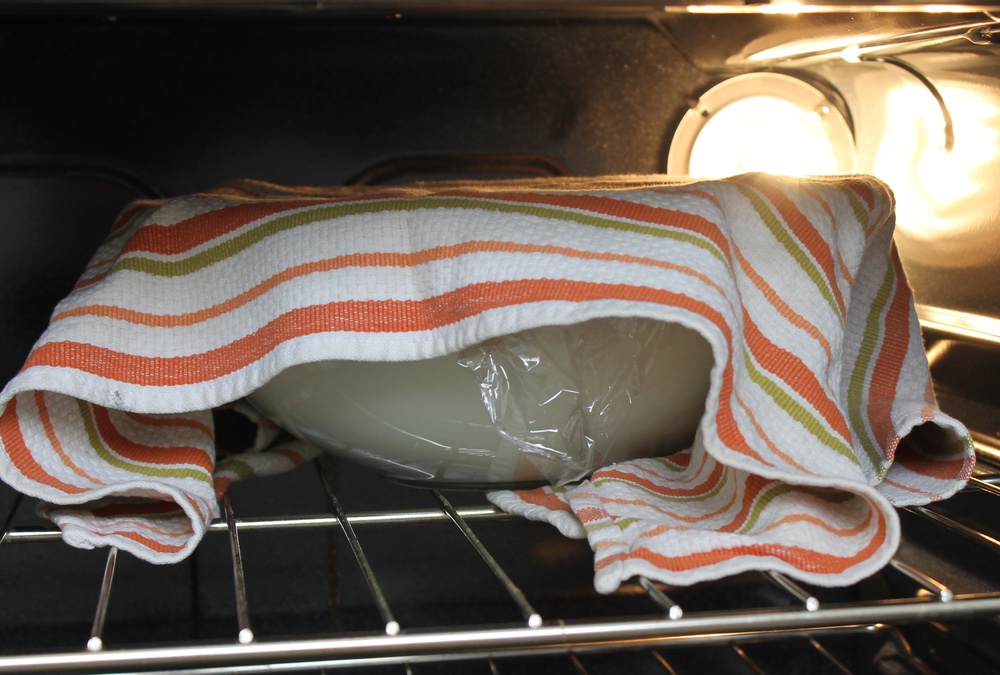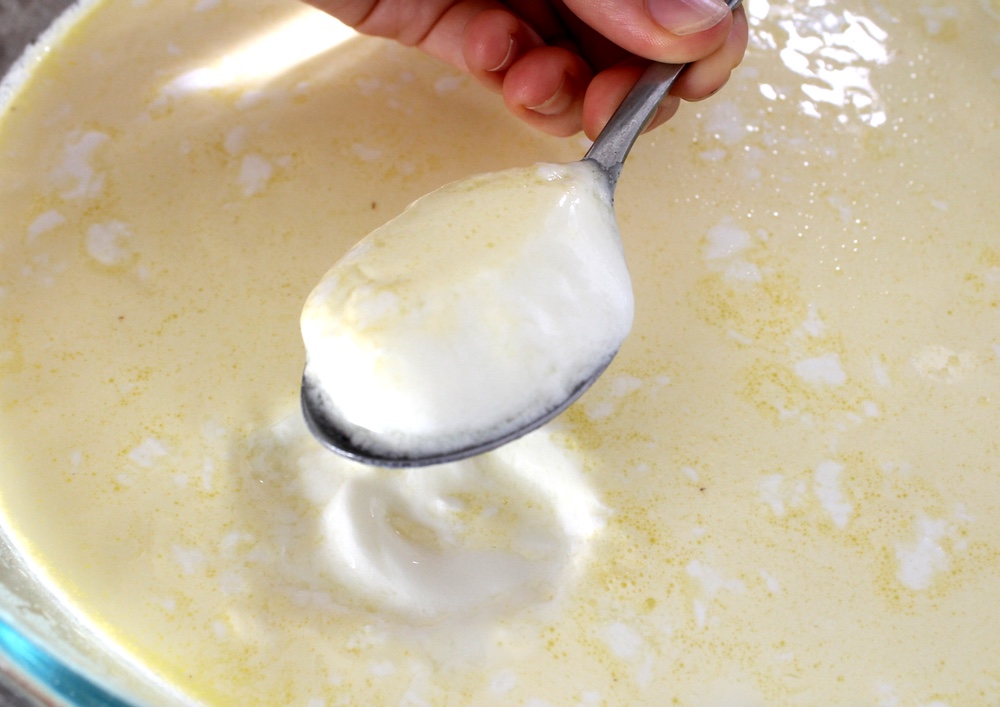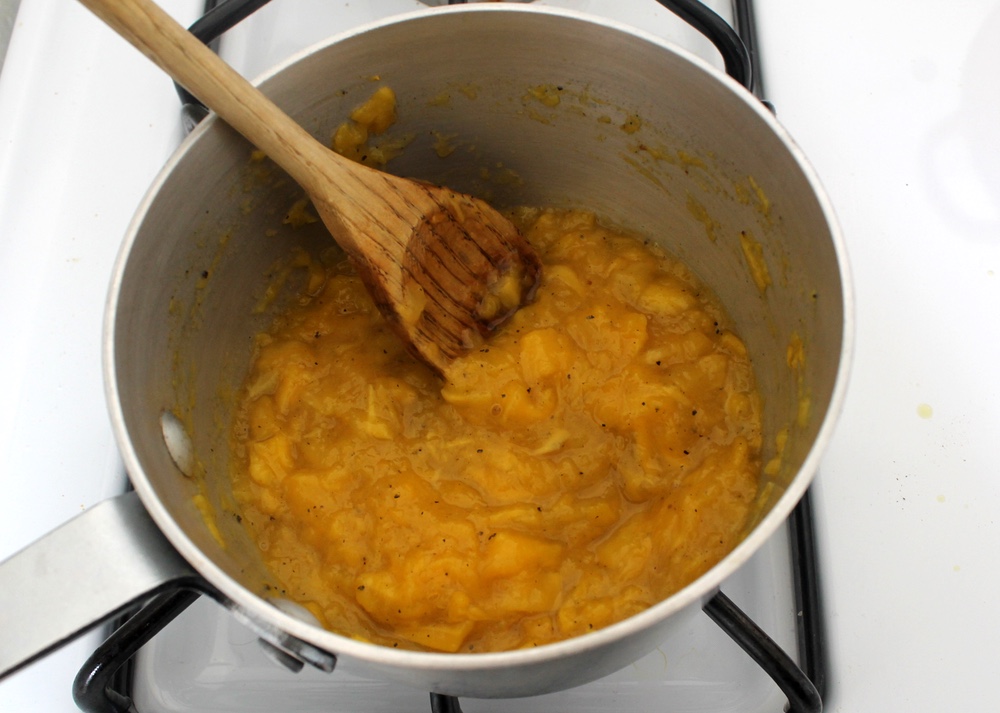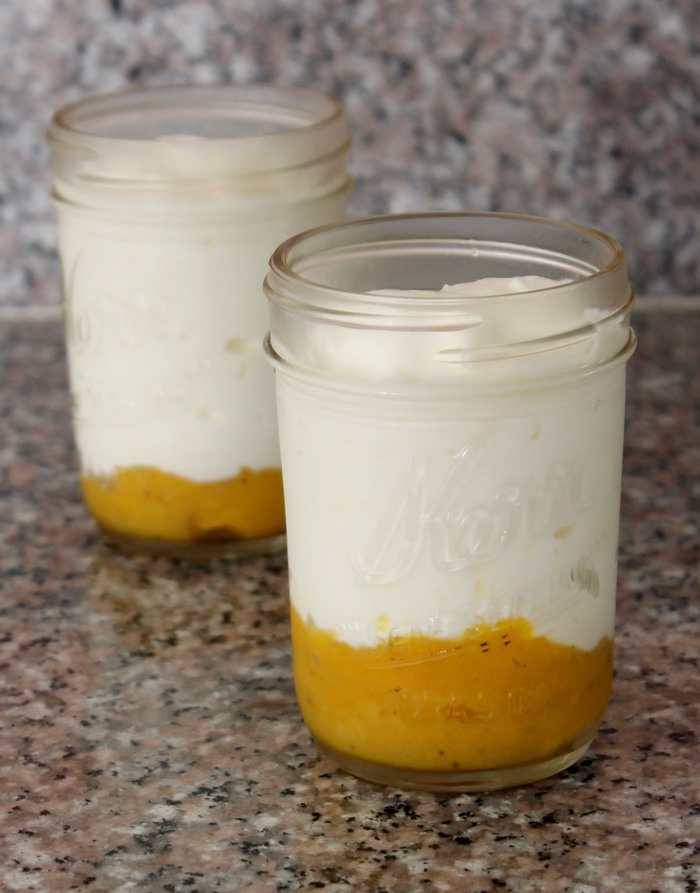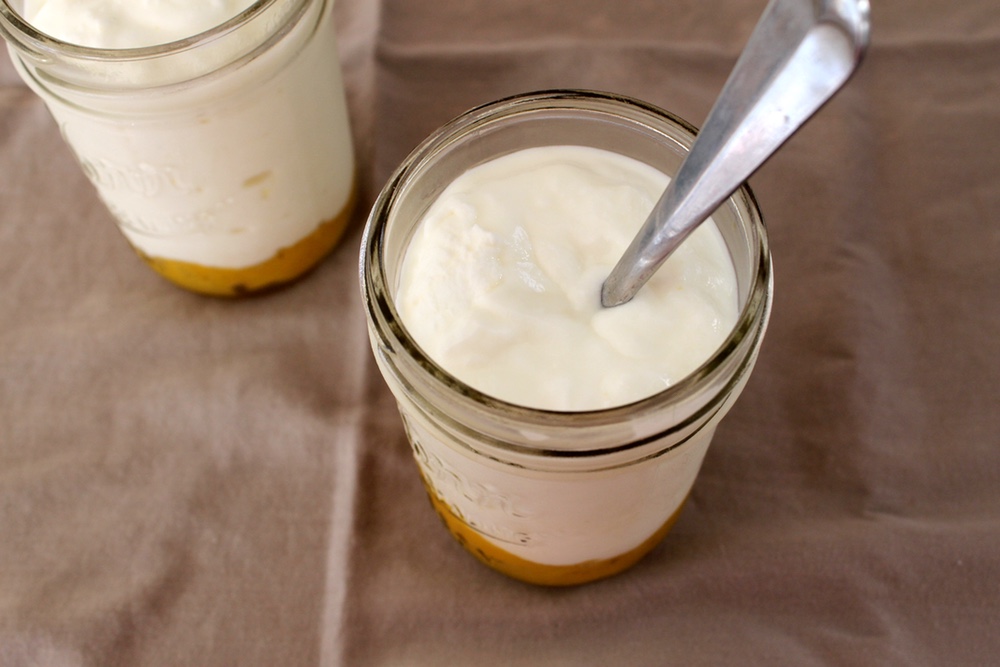
Single-serve Greek yogurt cups are doing big business. A glance at their growing real estate in the dairy aisle says plenty about the snack’s growing popularity. Most yogurt companies tout their product’s healthfulness, but they gloss over the added sugars, flavorings, dyes and binders used to make their yogurt shelf-stable and kid-friendly. That’s not exactly what I call health food.
Still, I see the food’s appeal — colorful, fun, and protein-packed, one single cup has enough nutrient heft to get me through an afternoon lull. But the truth is, it is easy to do better, much better, by making yogurt at home. It requires patience, about 24 hours of it, but most of the time is hands-off. Plus, I can control the quality and fat content of the milk, as well as the sugar content of the fruit. I call it a win-win-win.
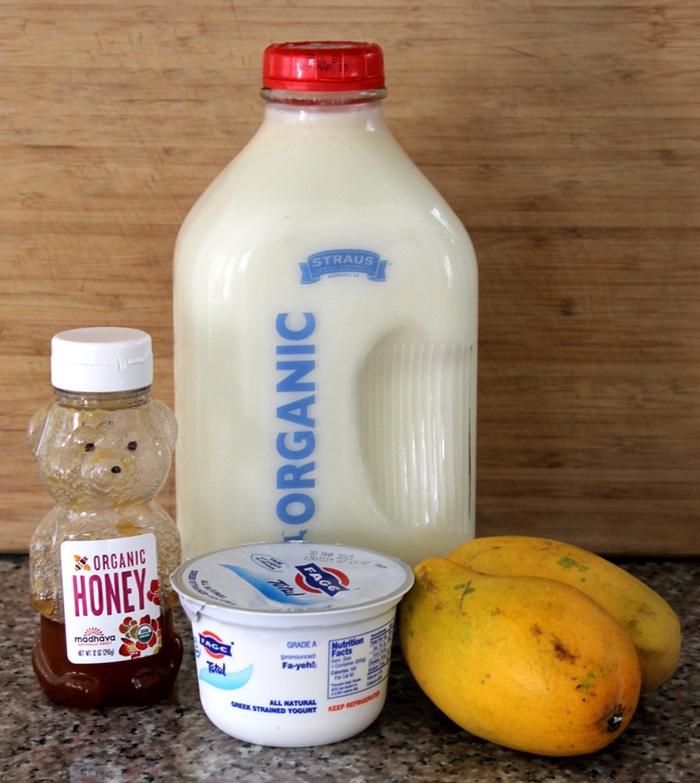
I like to start with organic, whole milk for my yogurt. (Yes, you can use low-fat or even skim if you’d like, but didn’t you just read the revised dietary guidelines? Fat is no longer the enemy.) The easiest thing to use to culture the milk is store-bought yogurt with live cultures. I like to grab one 7-ounce container to use for 8 cups of milk. Keep in mind, the texture and flavor of the resulting yogurt will mimic that of the starter yogurt. Choose something you like. Don’t use a flavored yogurt, or anything with gums or sweeteners. After this first batch of yogurt is made, you can reserve a bit of the homemade yogurt to use in subsequent batches, and you won’t need to buy any yogurt from the store again.
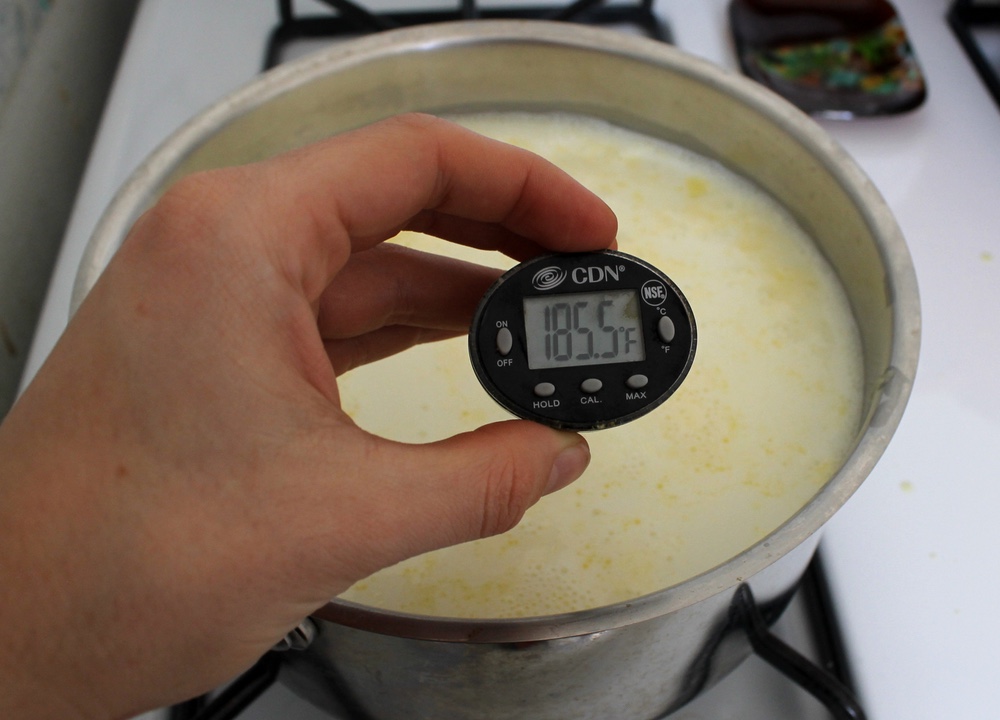
To make yogurt, the milk first needs to be heated to 185 degrees. This heating step helps to reconfigure the proteins in the milk so that they will form creamy yogurt when cultured. Next, let the milk cool to a more suitable incubation temperature (around 110 to 112 degrees) before adding the yogurt.
You can let the milk cool on the stove, but I like to speed things up a bit by using a water bath. Simply place the entire pot of milk into a bowl of ice water and stir while it cools. It’ll reach 112 before you know it. Once the milk is cooled, stir in the yogurt. Take the time to get the mixture smooth.
